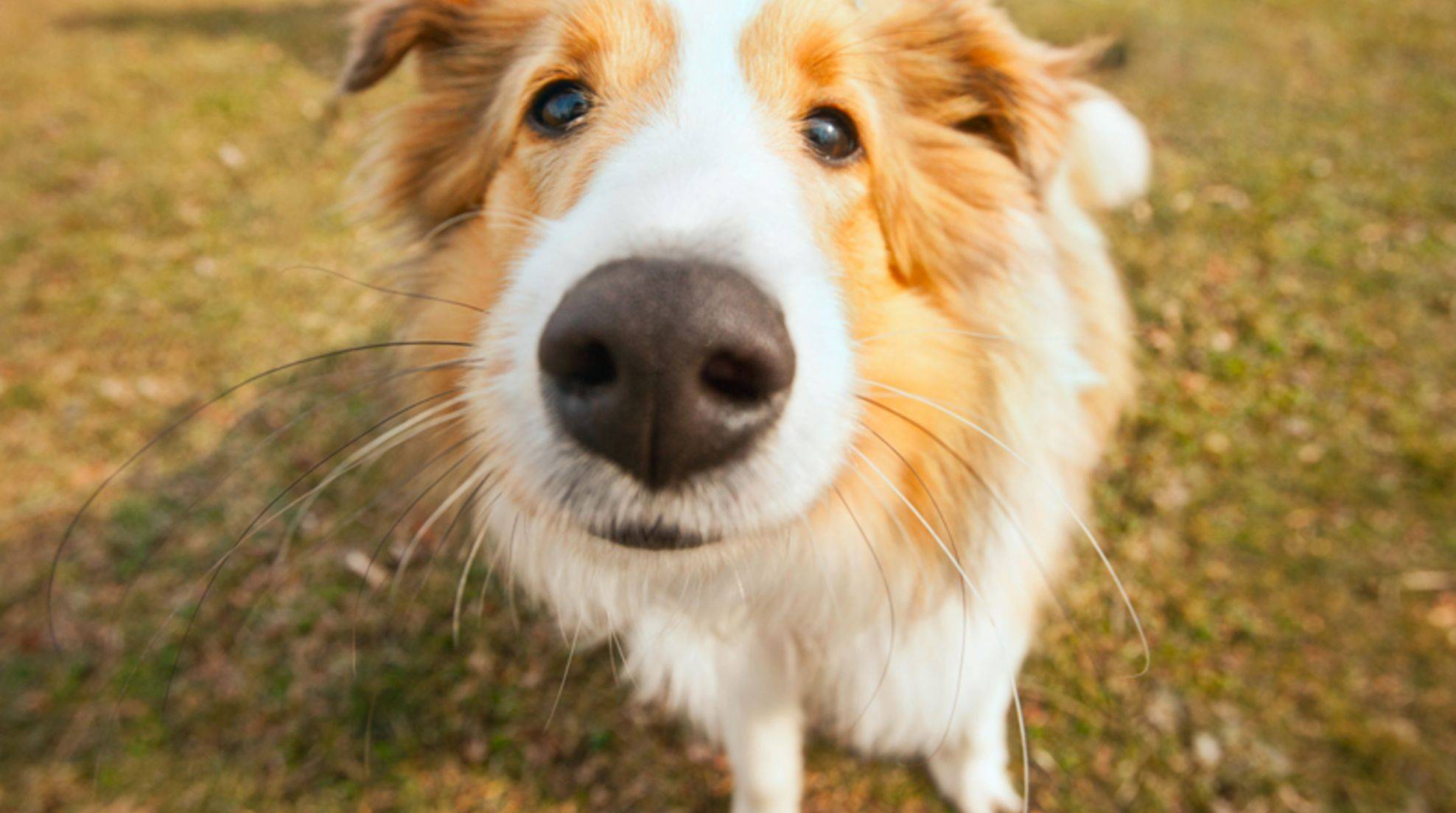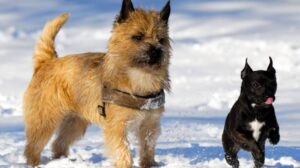
The Perfect Sniffer: Exploring Canine Sense of Smell
Dogs are classified as a “nasal animal”, which means they perceive their environment primarily through smell. Scents can tell dogs the entire story, moods and illnesses. The nose of a dog is an incredibly fascinating sense organ.
Humans are primarily able to perceive the world through their ears and eyes. The sense of smell is a secondary sense. The mind interprets the sensory perceptions, and then puts them in context. Dogs are “macro-smart” (from the Greek, which can be translated to “great smellers”), as they gather most of their impressions through their nose.
Differences between dogs and humans in their sense of smell
Dogs average between 125 and 220 million cells. Humans have approximately five million cells. The number of olfactory cells in a dog’s nose depends on its breed. The German shepherd sits at the top of the scale while the pug is on the bottom. The size and shape differs between dog breeds. Dogs have a much more refined sense of scent than humans.
Dogs have a mucosa olfactory of around 150 centimeters. This is much larger than the human olfactory, which only has five centimeters. This is roughly equivalent to the difference between an A4 DIN sheet and a stamp. Dogs’ noses are also more complex than human noses, so they can smell odors much better than their owners. A human can only smell a dish as a whole, such as a tomato-based soup. A dog, on the other hand can detect individual spices and ingredients. Dogs can “store” smells in their noses and breathe faster than people. Dogs are able to move their noses independently in order to identify the direction of a smell.
Can dogs detect disease and emotion?
Animals have been said to possess a sixth sense that allows them to anticipate events and feel the emotions of people. Dogs can only “predict” seizures and illnesses by using their keen sense of smell. When someone has cancer, is about to have an epileptic attack, or is diabetic, they smell different. According to various studies, dogs were able to detect certain types of cancer with a 90% accuracy rate.
Emotions trigger biochemical reactions in the body, which alter the smell. Dogs are able to detect this. Humans don’t. It is true, dogs can smell the fear. They can also detect when you’re happy, sad, restless or calm.
Sniffer Dogs at Work
Police officers, firefighters, hunters and gourmets use the distinct, delicate scent of dogs. You can train your dog’s nose to react to specific smells. Some dogs can detect explosives and narcotics, while others can determine if there are people still hidden under rubble following a disaster. Other sniffer dogs have a special talent for picking up scents and following them. Truffle dogs are also available, which can detect rare mushrooms underground. Truffle dogs have an advantage over truffle hogs because they don’t eat or damage the expensive gourmet product.
What happens if a dog loses its sense of smell?
Losing the ability to smell is not an enjoyable experience. He can still endure the condition. The situation is different for a four legged friend. A dog’s character will change drastically if it loses his sense of smell. The animal’s usual personality becomes increasingly difficult to identify; it loses interest in its environment and becomes apathetic.

